- Throughout Mumbai QR codes were ubiquitously displayed by informal street vendors as digital payments have increasingly replaced cash as a preferred payment option.
- The Unified Payments Interface (UPI), a government-designed national payments platform, has grown at an astonishing pace and has transformed how individuals and merchants interact with money in India.
The street-side shoe cobblers in Mumbai’s Nariman Point financial district have long had an asset-light business model: they work through a pile of leather shoes with just a few tools and brushes and plenty of elbow grease. On my recent visit to Mumbai, I noticed an addition to their business toolkit: a prominently displayed QR payment code. Customers from nearby office buildings scanned this code with their phones and retrieved their freshly polished loafers. No cash changed hands.
Mumbai’s cobblers were not alone. Rickshaw drivers, street food hawkers, retail kiosks, and myriad other small merchants similarly had QR codes prominently displayed for digital payments. In fact, I saw very few physical rupees exchanged during my entire trip. In only a few years, Mumbai, like much of the rest of India, has taken a leap forward in digital payments thanks to the roll-out of a nationwide payments system known as the Unified Payments Interface (UPI). This system enables users to instantly transfer funds between any two banks or digital wallets for free using a mobile device.
In a country where credit cards are scarce, the benefits of UPI to merchants and individuals are numerous. Users just need a mobile phone, a UPI ID number, and, for purchases, a QR code to scan – an easy-to-use solution that avoids the burdens of handling and safeguarding physical cash. Likewise, UPI can be used by those without credit cards to pay bills and make purchases online. Accessibility has been expanded further with a version for feature phones and dial-in service for areas without internet.
I am amazed by the explosive pace of UPI’s adoption in India since its launch in 2016. As seen in Figure 1, the number of monthly UPI transactions has grown from 2.0 million in December 2016 to 8.9 billion in April 2023 (equating to over 3,400 transactions per second).1 Moreover, the value of transactions has grown from 8.8 billion (U.S. dollar-equivalent) in 2017 to 1.6 trillion in 2022, representing over half the value of India’s 2022 gross domestic product (GDP) as seen on a quarterly basis in Figure 2.2
- Source: National Payments Corporation of India.
- Sources: National Payments Corporation of India, Bloomberg.
- Note: Calculated quarterly (3 months of total UPI transaction value in Rupee billions divided by quarterly nominal GDP in Rupee billions).
The groundwork for UPI was many years in the making. A suite of earlier government-led digital infrastructure projects tackled the logistics of user identification and online account opening: a national biometric identification system, an electronic Know-Your-Client protocol, a no-frills government bank account program, and an online digital documents locker. The proliferation of inexpensive smartphones and 4G data in India served as a key technological enabler for UPI while the pandemic may have accelerated behavioral changes as people became leery of handling physical bills.
So what potential does UPI hold for the future? At a corporate level, it may mean greater efficiency. A commercial vehicle financing company I met reported that cash-based loan payments had decreased from 80% to 40% of total loan payments from truck drivers thanks to the growing adoption of UPI; the company was also offering incentives for greater usage of digital payments as it reduces the costs of transporting and counting physical bills. Some believe UPI may also drive more inclusive economic growth at a national level. Nandan Nilekani, the co-founder of IT consulting firm Infosys, who helped lead India’s national biometric identification efforts, envisions UPI transaction data as creating “informational collateral” for unbanked informal sector merchants to demonstrate their creditworthiness to lenders. As he stated in a recent podcast interview, “the macroeconomic benefit of this is if 10 million businesses get access to credit, and with that, they're able to grow their business. Let's say every small business creates two new jobs, that means they create 20 million new jobs... suddenly, you have economic growth and job creation happening at scale.”3
Time will tell if India’s regulatory environment and bureaucratic financial institutions are flexible enough to advance such a vision – I have some skepticism. But I am encouraged that this digital infrastructure is propelling innovation. Domestically, technology startups continue to build new apps and business models on UPI’s open architecture. Internationally, Google recommended the UPI open-architecture model to the U.S. Federal Reserve for the U.S. FedNow instant payments service (expected to launch in July 2023).4 Indians in 10 countries can now send remittances via UPI thanks to government-to-government collaborations, and several countries are reported to have expressed interest in adopting homegrown versions of UPI.56 While some of these endeavors may not succeed, one thing is clear: UPI is prompting change. Just don’t expect that change in the form of bills or coins from your Mumbai cobbler.
Brent ClaytonMumbai
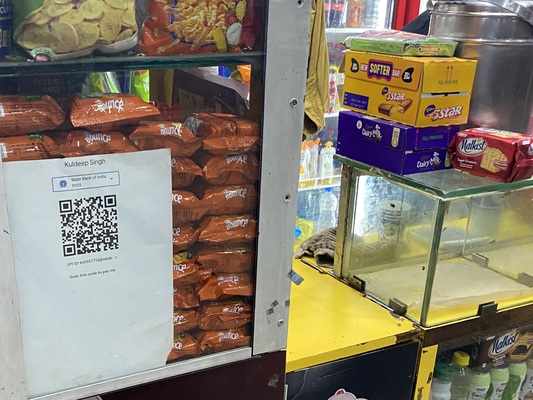
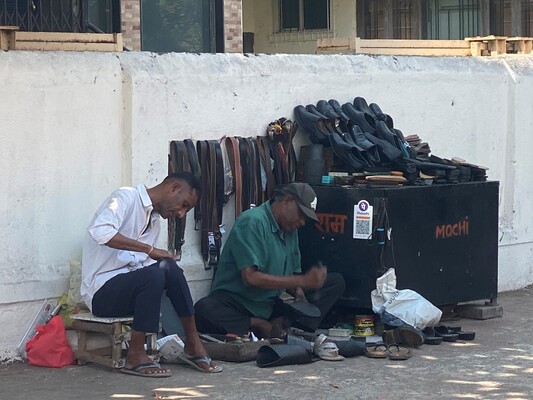
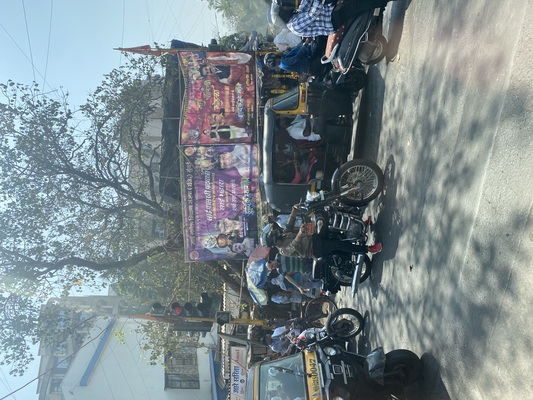
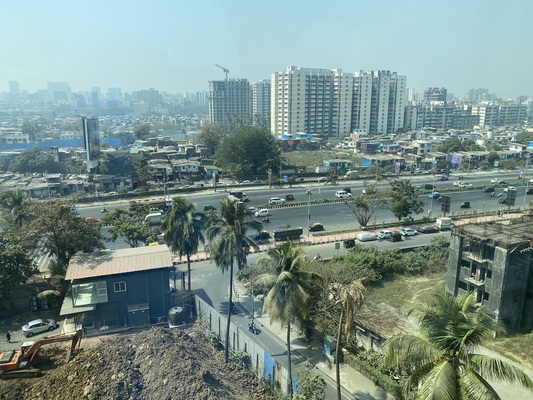
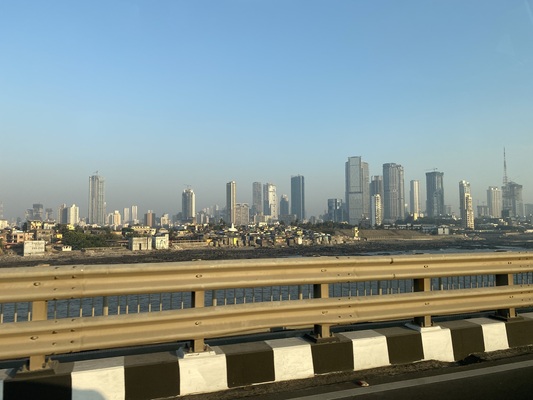
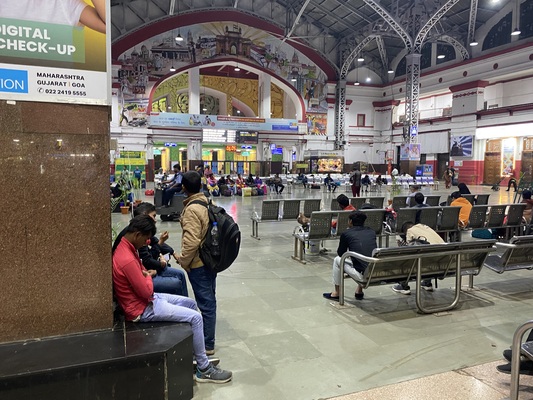
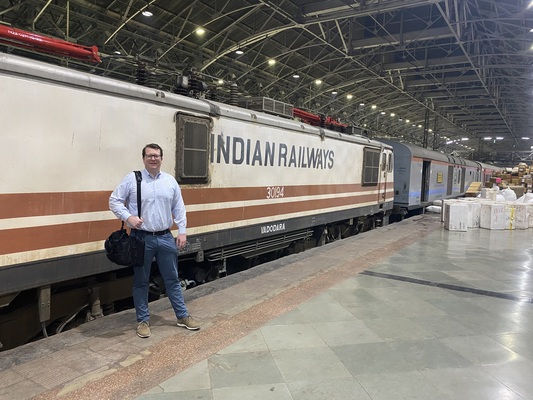



- The views and information discussed in this commentary are as of the date of publication, are subject to change, and may not reflect Seafarer’s current views. The views expressed represent an assessment of market conditions at a specific point in time, are opinions only and should not be relied upon as investment advice regarding a particular investment or markets in general. Such information does not constitute a recommendation to buy or sell specific securities or investment vehicles. It should not be assumed that any investment will be profitable or will equal the performance of the portfolios or any securities or any sectors mentioned herein. The subject matter contained herein has been derived from several sources believed to be reliable and accurate at the time of compilation. Seafarer does not accept any liability for losses either direct or consequential caused by the use of this information.
- As of March 31, 2023, UPL, Ltd. comprised 2.0% of the Seafarer Overseas Growth and Income Fund and 2.9% of the Seafarer Overseas Value Fund. The Seafarer Funds did not own shares in the other securities referenced in this commentary. View the Top 10 Holdings for the Seafarer Overseas Growth and Income Fund and the Seafarer Overseas Value Fund. Holdings are subject to change.
- “UPI Product Statistics,” National Payments Corporation of India (NPCI).
- “UPI Product Statistics,” National Payments Corporation of India (NPCI); “GDP, current prices, India,” International Monetary Fund.
- “Nandan Nilekani - Building the India Stack: UPI, Aadhar and Data Empowerment,” Return on India Podcast from Colossus, December 8, 2022.
- Isakowitz, Mark. “Re: Federal Reserve Actions To Support Interbank Settlement of Faster Payments, Docket No. OP – 1670,” Google, November 7, 2019.
- Verma, Mimansa. “Indians Living in Ten Countries Can Now Make Payments through UPI,” Quartz, January 11, 2023.
- Dasgupta, Mithun. “Several Countries Express Intent to Adopt UPI: NPCI MD Financial Express, January 10, 2023.
![[Chrome]](/_layout/images/ua/chrome.png)
![[Firefox]](/_layout/images/ua/firefox.png)
![[Opera]](/_layout/images/ua/opera.png)
![[Microsoft Edge]](/_layout/images/ua/edge.png)